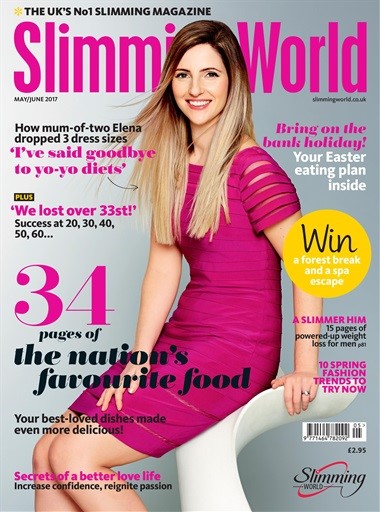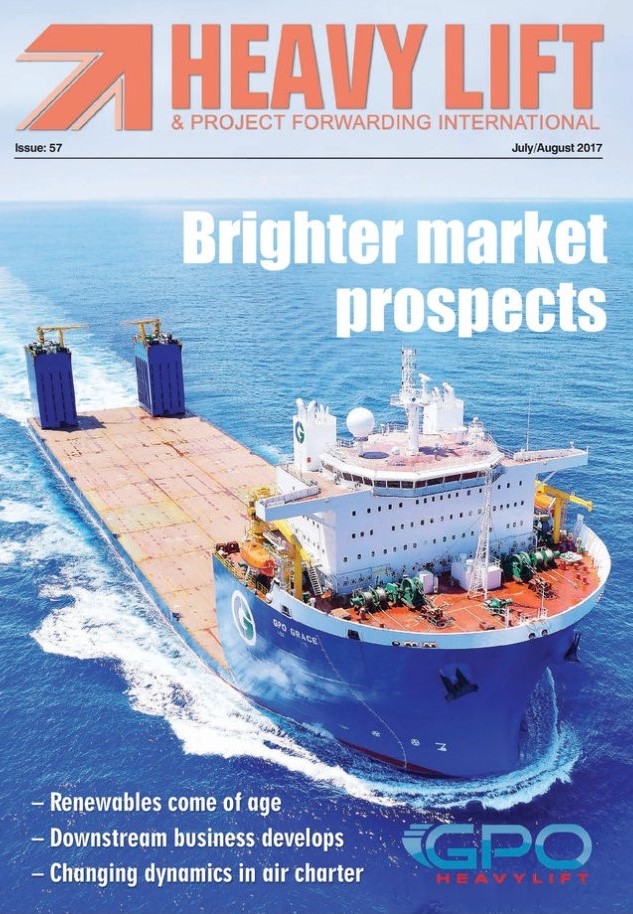Print magazines: a blueprint for success

What do Slimming World magazine and Heavy Lift & Project Forwarding International have in common?
On the surface, not much: one is a lifestyle magazine packed full of mouth-watering recipes and inspirational stories about weight loss; the other is a niche B2B title serving the global heavy logistics industry. One is sold on the newsstand and sells 640,000 per edition; the other is a controlled circulation title with a distribution of 19,000.
But there are several key similarities which may surprise people. First, they are predominantly print-based products. Second, they are growing and profitable businesses. And third, yes, they are both clients of ours.

The fourth – and main – thing they have in common, though, is that they are both central to their communities, and invest heavily in content to ensure that this remains the case. Both titles have an acute sense of what works for their audience – what they want, and how it should be delivered – and are prepared to do what it takes to deliver that mission. They serve their readers. As a result, the publications are an absolute must for advertisers in their sector.
While much of the media landscape looks like Agincourt, there are plenty of print magazines which have bucked the trend. Publishers should ask themselves why – but rarely do.
The default position of most publishers – whether B2B or consumer – is to make cuts in editorial at the first sign of decline rather than invest in the product. As an industry, we stand alone in systematically undermining our only product. Imagine a car manufacturer who, when sales started to fall for a certain model, decided to make more of the same but with fewer parts – perhaps only one wing mirror, or no steering wheel. Or a drinks company who just watered down the whisky to make it go further. Would you buy shares in that business?
Nonetheless, when we visit these same cost-cutting clients, we hear the time-worn mantra that ‘content is king’. Repetition does not make it happen: investment in people and time does. Nor does excellence in content mean that you can’t explore newer forms of revenue, whether you call it native advertising or content marketing. Indeed, those old editorial virtues of being close to the market and understanding what drives reader interest can only help.
Of course, not every investment is productive; some necessary trimming can be justified. The term ‘right-sizing’ does not have to be a cynical misnomer for cutting to the bone, but a useful approach to assessing team capacity. In many places, though, the cuts are so deep they are imperilling the whole business proposition. When you are producing multiple titles on a skeleton staff, and seeing reduced returns and reader interest, it is time to think again.
HLPFI and Slimming World have one other thing in common. They are the sole imprint of the company which produces them. Perhaps this focuses the mind – unlike publishers of multiple titles, they cannot afford for one title to fail. This also applies to other successful titles like the Economist and Private Eye, for example.
Perhaps the simple rule for large magazine publishers is this: think like single brand businesses. Encourage your teams to have loyalty and passion for their one brand and its audience, not the corporate beast. And most importantly, don’t make wholesale cuts across the board: encourage your successful brands to grow their own market, and get rid of the loss-makers that suck resources out of those successful brands.
There is a future in print – but you need to be smart to make it work.
enquiries@trippassociates.co.uk
Martin Tripp Associates is a London-based executive search consultancy. While we are best-known for our work in the TMT (technology, media, and telecoms) space, we have also worked with some of the world’s biggest brands on challenging senior positions. Feel free to contact us to discuss any of the issues raised in this blog.